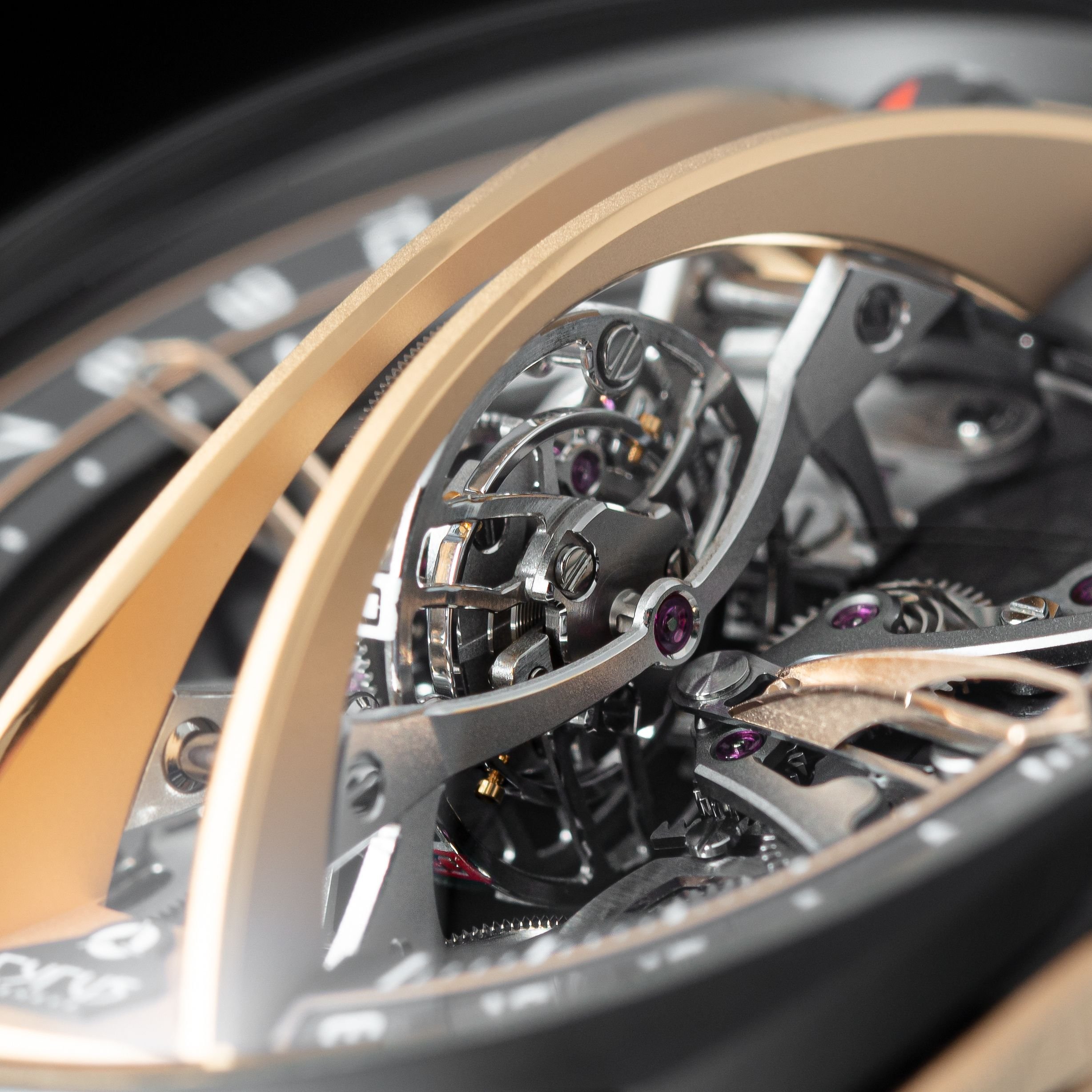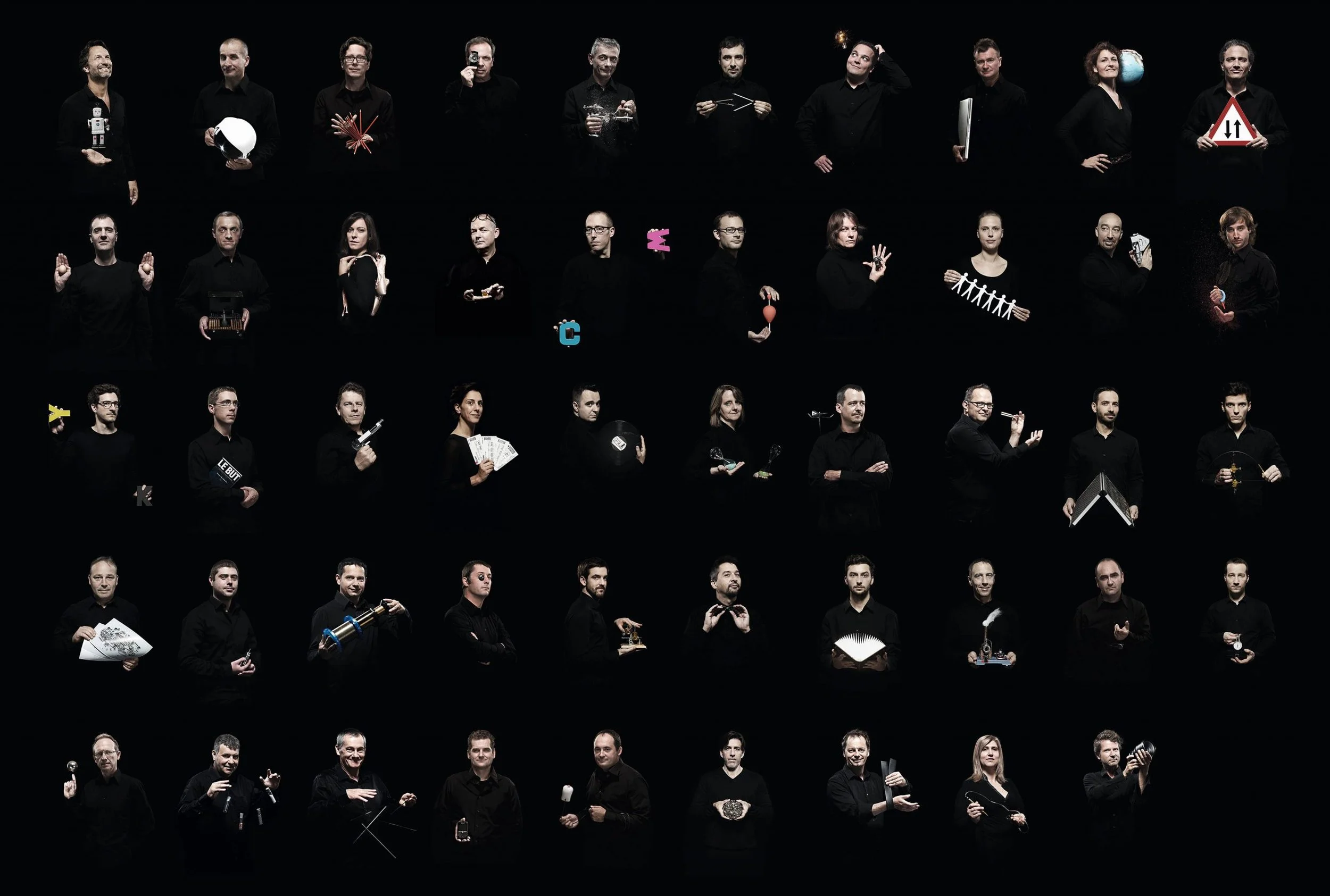Hurdles in watchmaking: the biggest challenges for industry pros
It’s easy to forget that every watch is the final result of a long process. Something that often begins with a fleeting thought or casual sketch in a notepad travels a great distance through designing, prototyping, testing, manufacturing, and assembly. The sheer will power required to see the creative process through is astounding.
From all our conversations with watchmakers over the years, we’ve been able to catch glimpses of this behind-the-scenes journey from initial idea to final creation. We’ve covered the creative process behind MB&F as well as how Jean-François Mojon handles the development of new complications. From that, we know that every timepiece presents its own unique challenges, and the best timepieces are often the ones with the greatest hurdles, design or technical. Often, it’s at the creative limit where you can find the greatest opportunities to grow.
That’s what we’re digging into today, the challenges that pushed watchmakers and creatives in independent watchmaking the most. We spoke with two watchmakers, Jean-François Mojon and Sylvain Pinaud, as well as one of the chief creative minds amongst independents, Max Büsser, to hear their input on what challenges they face.
Sylvain Pinaud – dial first, then movement
Relatively new on the independent scene, Sylvain Pinaud made a big splash with the release of the Origine early this year. We had the pleasure to meet the man and see the timepiece in steel at Geneva Watch Days, and it’s beautifully crafted, thoroughly modern with its unique asymmetric dial. When we spoke to Sylvain Pinaud about the biggest challenge in creating that timepiece, he mentioned that it all revolved around creating the right mechanical movement to match what he wanted for the dial.
“I knew that I wanted to put the balance wheel on the dial and that there was to be open space on the dial as well. Working from there, it was a long, challenging process to discover what the movement has to be and how to make it as beautiful as possible. Due to the dial design, that’s why the gear train was created in-house as well as the escapement – there was no option to use something out-of-the-box.”
Ultimately, Sylvain’s background in prototyping did lend itself well to navigating the design process, but not without a lot of patience. “I created two working prototypes just to see how the gear train and escapement work over time. I had to see its performance from wear. That takes time and requires small adjustments as you see how different things impact the performance.” Though it is not his first timepiece, the Chronograf was, it was the first timepiece that he created exclusively to his own design interests (the Chronograf was created for a competition in France and had some criteria required to participate). Moving forward, Sylvain feels that the ~3 year process from initial ideas to final creation has prepared him to begin the process once again for an upcoming timepiece.
Jean-François Mojon - chaos reigns with escapements
One of the masters of technical innovations in watchmaking, Jean-François Mojon has pioneered the development of new complications and novel indications of time with his company, Chronode. We’ve spoken to him at length about the technical innovation process, and it comes as no surprise that the biggest challenge for Jean-François is the chaotic nature of handling escapements. As he mentioned,
“The greatest or one of the greatest challenges as a watch designer has been to transpose the principle of the detent escapement into a wristwatch, right through to production. The closer you get to the balance wheel in the kinematic chain, the more difficult it becomes to understand the function with the usual rules of construction and with intuition: dynamic phenomena become preponderant, tolerances tighten and the effect of each disturbance is accentuated. Each escapement obeys its own rules that must be discovered and mastered.”
To Jean-François, this is something close to the equivalent of fundamental research in physics. The building block of mechanical watchmaking, the research and development of escapements is one of the highest, most challenging forms of watchmaking, spanning back to early legends of watchmaking that developed and improved escapements for enhanced precision, accuracy, and resilience.
Max Büsser – people are always everything
Not a watchmaker by craft, Max Büsser is one of the industry’s premier creative minds, driving the success of MB&F over the last 15+ years. When we caught up with him a few weeks ago, we posed the same question that Sylvain and Jean-François answered with the belief that his view of challenges and growth would vary. It did.
Very much in line with Max Büsser and Friends, the mastermind behind the brand said that team building has been and continues to be his biggest challenge in the day-to-day of MB&F. “If there’s anything that I’ve learned over the last 15 years, it’s that hiring for cultural fit is more important than hiring for advanced skills. Skills can be taught and learned, but personalities rarely ever change.” Especially as MB&F’s team grows significantly in numbers, this year hiring more than ever before, it appears that Max is more comfortable with this challenge than ever before.
As much as we love the final creations from independents, the watches, there’s so much more behind the mechanics. To create the world’s most exceptional timepieces, every watchmaker and creative will always face challenges along the way. In knowing those challenges, we can have a much greater appreciation for what makes each timepiece. For more articles that dive into the behind the scenes, check out our articles on why haute finishing should exist alongside haute complications as well as our retrospective on UR-105 after its retirement from Urwerk’s catalog.




